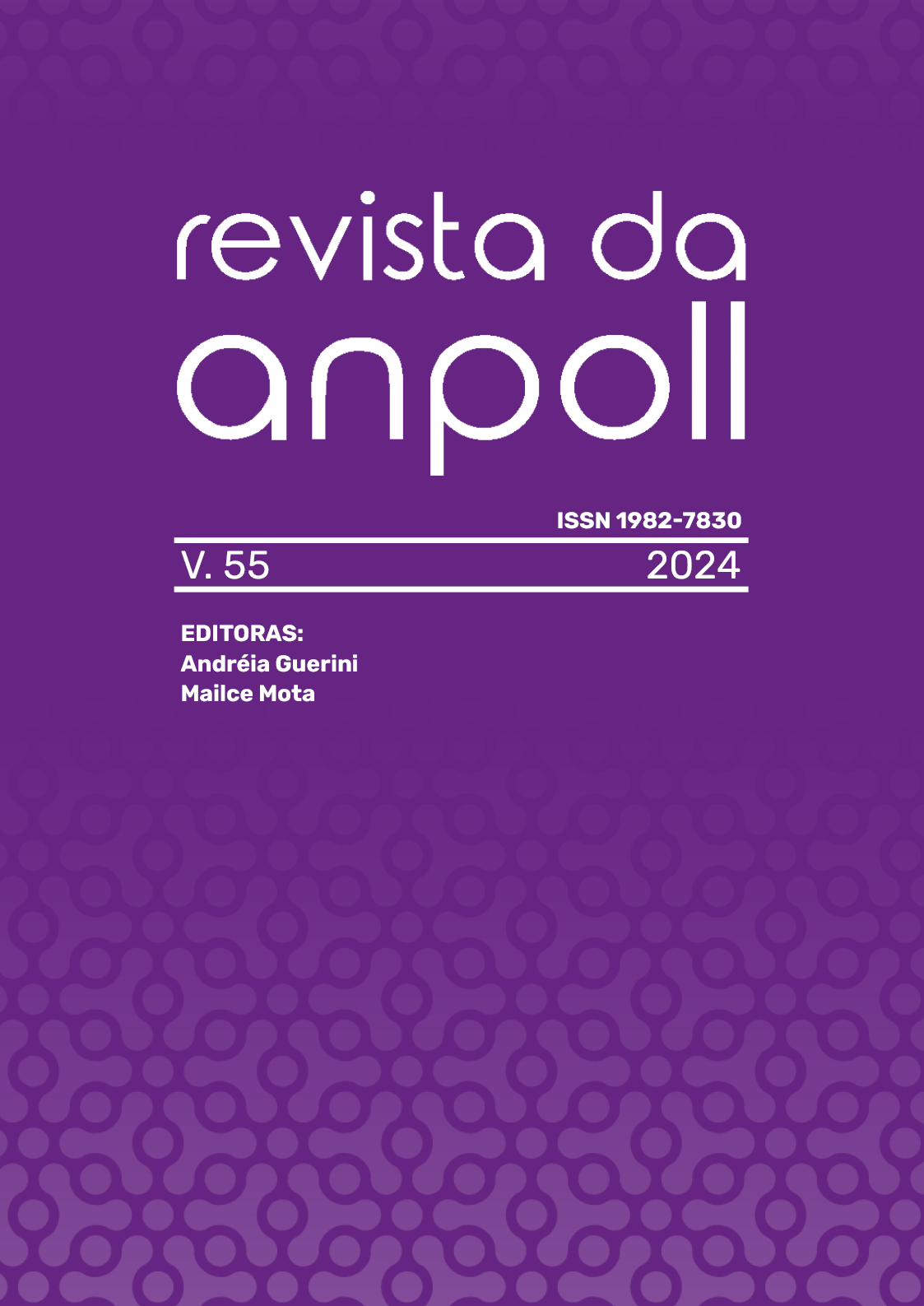Generino and Augusto
DOI:
https://doi.org/10.18309/ranpoll.v55.1938Keywords:
Generino dos Santos; Augusto dos Anjos; poesia brasileira; versificaçãoAbstract
The proposed work aims to analyze the similarities in the poetic works of Generino dos Santos and Augusto dos Anjos, who were uncle and nephew. One of the noteworthy characteristics is the use of decasyllabic verses with two words, a rarity in the Portuguese poetic tradition, which appears in both poets. From there, we will examine the use of verse construction techniques in both, such as the use of crasis, synaeresis, elision, and synalepha, compared to their contemporary poets. The goal is to determine the extent to which they deviate from or adhere to the versification habits of their time, as well as discuss the possibility of one influencing the other. All this discussion is based on the literary and intellectual context of the time, specifically at the turn of the 19th to the 20th century, meaning the argumentation is rooted in and integrated into Literary History.
Downloads
References
ANJOS, Augusto dos. Obra completa. Organização de Alexei Bueno. Rio de Janeiro: Nova Aguilar, 1994.
SANTOS, Generino dos. Humaníadas – O mundo -– A humanidade –O homem; volume 3, “Imortalidade subjetiva” e “Mármores e Bronzes”. Rio de Janeiro: Tipografia do Comércio, 1938.
SÜSSEKIND, Flora. Cinematógrafo de letras: literatura, técnica e modernização no Brasil. São Paulo: Companhia das Letras, 1987.
Downloads
Published
How to Cite
Issue
Section
License
Copyright (c) 2024 Revista da Anpoll

This work is licensed under a Creative Commons Attribution 4.0 International License.
Os trabalhos publicados na Revista da Anpoll são licenciados sob os termos da licença Creative Commons Atribuição 4.0 Internacional. Assim, os/as autores/as ou terceiros podem copiar e redistribuir o material licenciado em qualquer suporte ou formato, e remixar, transformar, ou criar a partir do material desde que sejam dados os devidos créditos ao trabalho original. Ressalta-se que a redistribuição, transformação ou criação, de iniciativa de dos/as autores/as ou de terceiros, deve mencionar a precedência de sua publicação neste periódico, citando-se o volume, número e data desta publicação.






